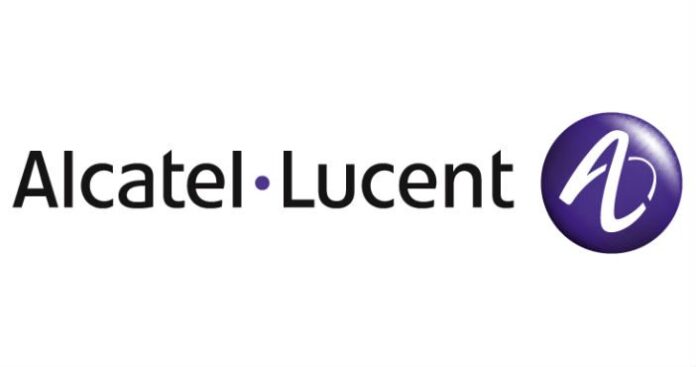Alcatel-Lucent is adding to its LTE small cell portfolio with a new line of outdoor metro cells that feature both Long Term Evolution and Wi-Fi options.

The Compact Metro Cell Outdoor product is already in trials with “a number of operators” globally, according to the vendor, and is half the size of existing small cell hardware. The new outdoor small cells are designed to be deployed inside street furniture, such as bus shelters, with digital advertising signage or stationary map locations, according to Mike Schabel, VP of small cells for Alcatel-Lucent. The goal for that sort of deployment, he told RCR Wireless News, is being able to avoid zoning issues and offer an alternative to pole- or wall-mounting outdoor small cells.
Schabel said the units are designed to fit inside existing street furniture instead of requiring new infrastructure or significant augmentation to existing shelters and signs. In some cases, he said, a metal panel may need to be replaced with plastic in order to ensure good radio frequency propagation.
“It is a very small, high-power, high-performing metro cell,” Schabel said. “It’s about as leading edge as you can get.”
Alcatel-Lucent has a partnership to provide this type of small cell technology to outdoor advertising company JCDecaux – which recently signed a global agreement with Vodafone to roll out small cells in street furniture after a successful trial in Amsterdam.
One of the features of the new small cells is the ability to bypass the integrated baseband unit and manage multiple radios by connecting multiple units via the Common Public Radio Interface to a centralized BBU. Schabel said that this feature will allow operators to rely on the small cells if they move to a virtualized or cloud RAN architecture.
The new small cells have models that support the 1800 MHz B7 operating band and 2600 MHz B3 operating band, according to Alcatel-Lucent, and it will have support for the full range of FDD and TDD LTE bands this year. It also has the option to support Wi-Fi connectivity.
Other features of the outdoor small cells include:
- Support for up to 200 users and 60 MHz of capacity.
- Size of about 6K cubic centimeters, or 6 liters
- Support for either directional or omni-directional external antennas
- Power output of up to 5 watts while maintaining convection cooling with no fans
Schabel said that managing the heat was a particularly tricky feat of engineering in order to avoid fans that would need to be replaced, or making the small cell larger.
The small cell ecosystem continues with steady progress, if perhaps not as explosive as the industry has been expecting. In addition to more LTE small cells coming onto the market, Nokia and SK Telecom recently announced the first commercialization of enhanced inter-cell interference coordination, or eICIC.

